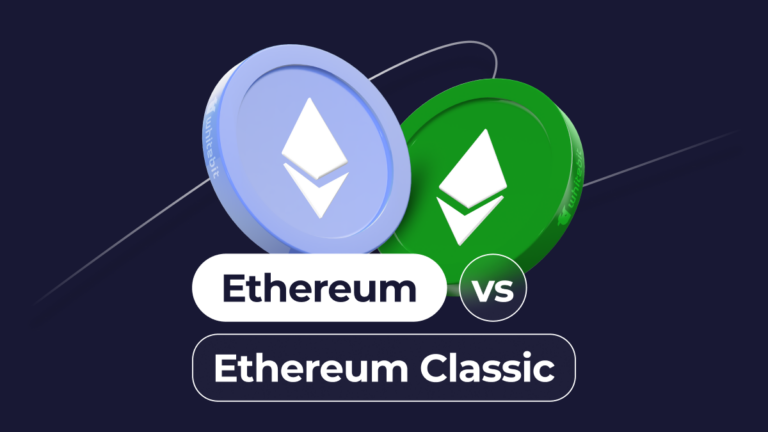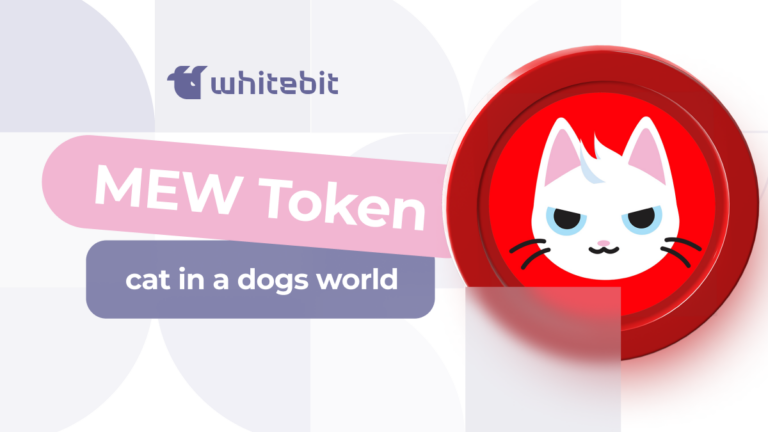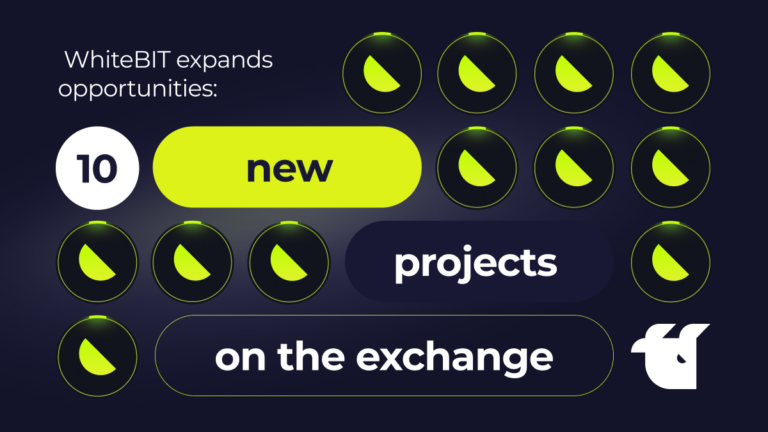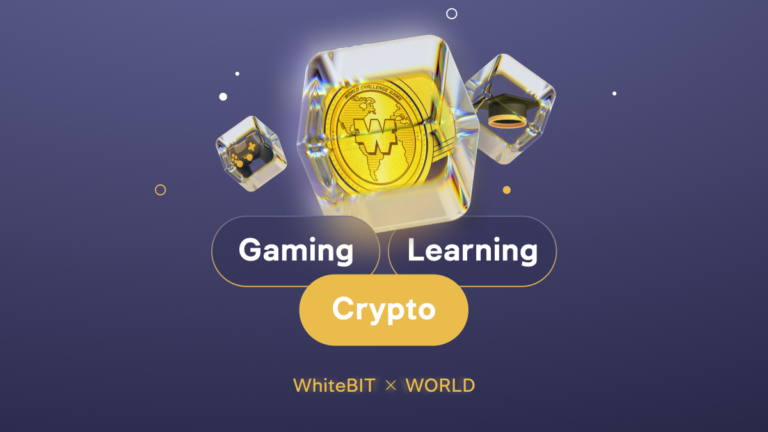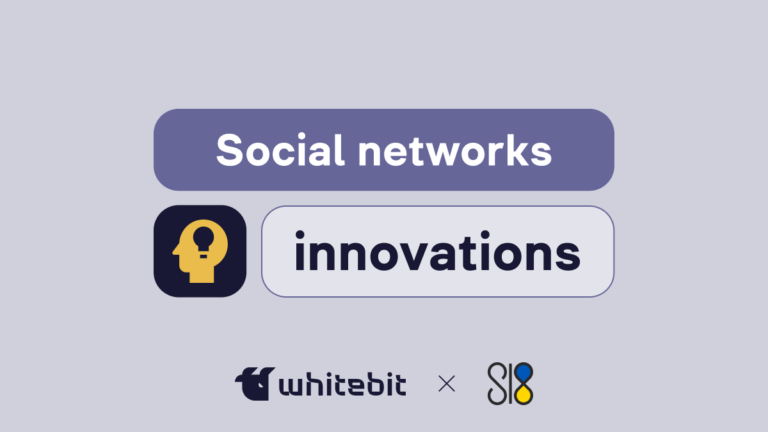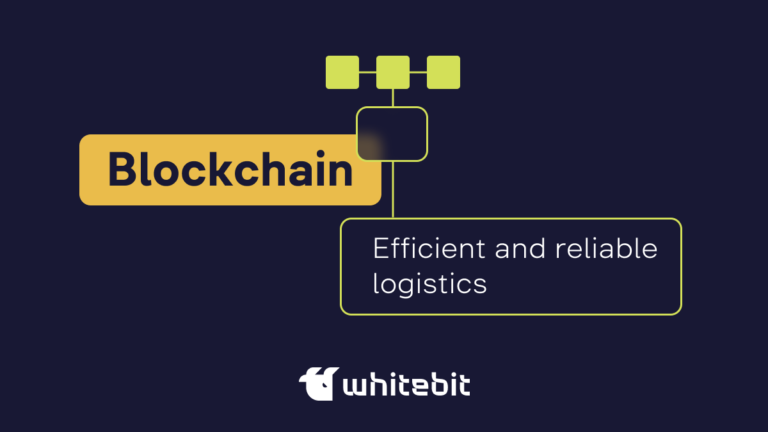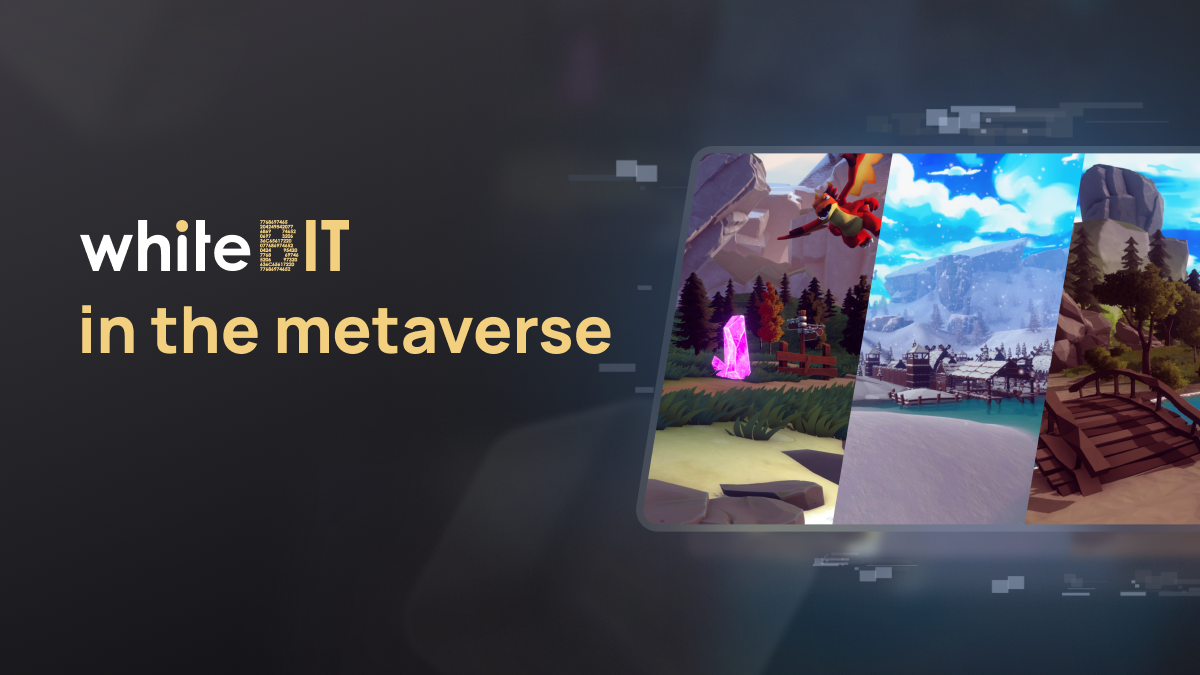Scalability Wars: How Blockchains Fight for a Place in the Sun
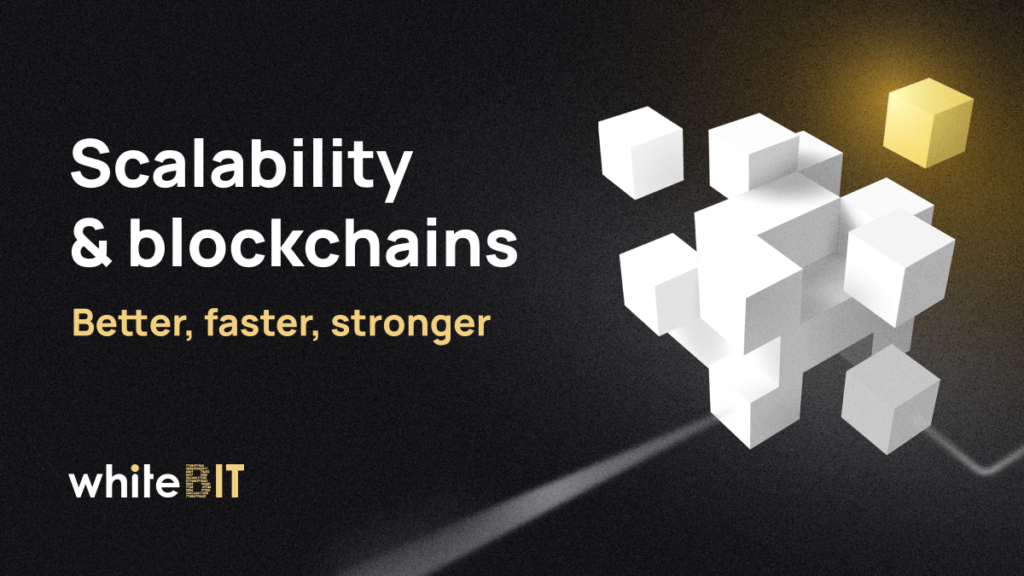
Content
Blockchain technologies are confidently becoming part of our routine, let alone the lives of tech enthusiasts who have explored this area up and down. The Bitcoin and Ethereum blockchains are not the only technological marvels to be considered in this respect.
Traditionally, the Achilles heel of blockchains has been the problem of harmonizing security, decentralization, and scalability – the ability to process numerous transactions simultaneously. And the more popular the network, the more operations are performed in it. Let’s talk about how distributed ledger developers solve this problem and what trends should be paid attention to in the blockchain industry in 2022.
What are L1 and L2 networks?
Layer 1 and Layer 2 are terms that describe the architecture of the blockchain.
- The first layer of the network is the blockchain itself. Bitcoin, Ethereum, Solana are all L1 protocols that are the basis of their ecosystems.
- The second layer is an add-on in the network, which can solve unsolvable problems for L1 and unload the network.
It is worth mentioning that all L1 blockchains, except Bitcoin and Ethereum, are called alternative L1 projects (Bitcoin and Ethereum are something like the forefathers).
Scalability solutions for L1
Many L1 blockchains have a Proof-of-Work consensus algorithm. Although the algorithm provides decentralization and security, it still loses a lot in terms of scaling. Low transaction processing speed and high fees are what the L1 network developer community is struggling with.
Thus, L1 scaling can be improved by:
- increasing the block size;
- changing the consensus mechanism, as in the Ethereum 2.0 example;
- sharding.
Scalability solutions for L2
A second-layer add-on on top of a native blockchain is already one of the ways to improve network scalability. L2 takes over part of the load of the first layer network, transfers it to another system of the architecture, and reports to L1. Thus, the network gets unloaded, and its scalability gets improved.
The solutions:
- nested blockchain. Such a scheme presupposes that the native blockchain sets the parameters, and L2 performs the tasks;
- state channels that facilitate two-way communication between blockchain participants, removing intermediaries (miners);
- side chains with a consensus algorithm different from the native network;
- roll-ups that allow carrying out the transactions outside the L1 blockchain and writing transactions data into it.
L2 limitations
Adding new levels to the main protocol is a complex and costly process. Giants such as Bitcoin and Ethereum have a huge market capitalization. It prevents them from risking user convenience by making it difficult to exploit the network with redundant code alterations and experiments.
Scalability wars
Solving the blockchain trilemma (harmonizing security, decentralization, and scaling) remains a pressing issue for networks fighting for their place in the market.
The attention of investors and developers in 2021 and 2022 was attracted by the prospects for the development of such L1 projects as LUNA, SOL, AVAX, ATOM, FTM, and others, each of which came up with a unique scheme for improving scalability.
At the time of writing, it can be assumed that alternative L1 blockchains will continue to attract founders and developers in the near future, at least until L2 solutions become more common.
Trends to pay attention to in 2022
Let’s highlight the main trends in the blockchain industry that you should pay attention to this year.
Preferences of developers
As we already mentioned, alternative L1 projects are now holding a more stable position in the market and attracting more attention from developers and investors.
The future of L2
There is an opinion that L2 solutions will become widespread due to the increase in popularity and demand for projects that require high speed and low fees. And it is the use of L2 solutions that can help them achieve this goal.
Modular blockchains development
The spread of roll-ups has led to the popularization of modular blockchains. Instead of three main functions (computation, consensus, data storage), they perform only one or two, transferring the rest to specialized networks.
Big Ethereum transformation
We cannot ignore Ethereum’s moving from PoW to PoS, probably the most striking example of blockchain modernization. According to public estimates, the completion of this process should be expected at the end of the second quarter.
Investment inflow
More and more investors from the world of traditional finance are paying attention to the prospects of digital currencies. Speaking of ETH, there is an increased interest from investors in cryptocurrency in connection with the project’s transition to a more “green” model.
What’s also interesting is that more and more capital is received by the leading alternative L1 blockchains. Although the size of investments in BTC significantly exceeds the total investment in other cryptocurrencies, the effectiveness of solutions of alternative blockchain projects fuels the interest of large and medium-sized crypto investors. Notable investors include Grayscale, Bitwise, and 21 Shares.
Conclusion
The blockchain industry is developing rapidly, which requires a lot of effort and continuous improvement. This is an area where small technical improvements can greatly upgrade the user experience, increase investment, and accelerate overall technological progress by tens or even hundreds of times.


